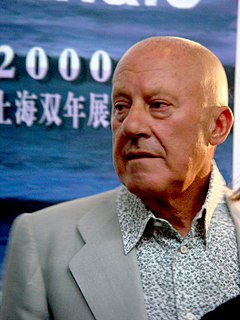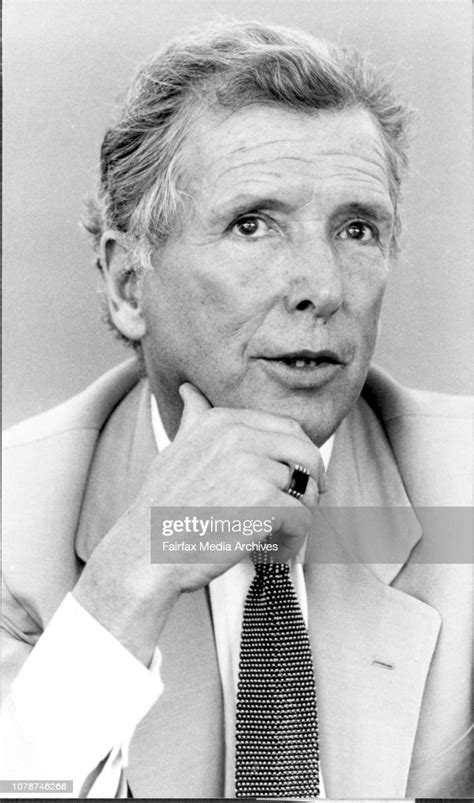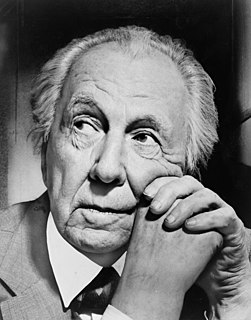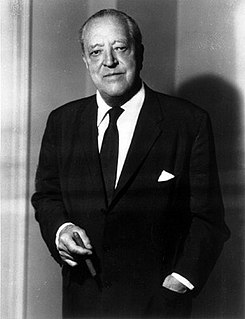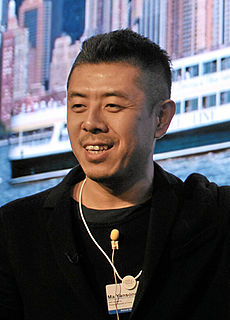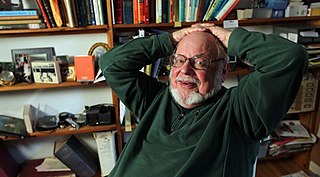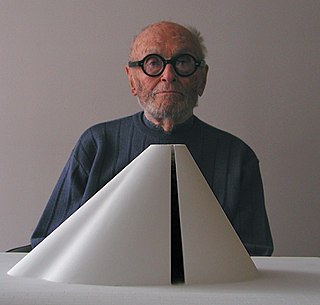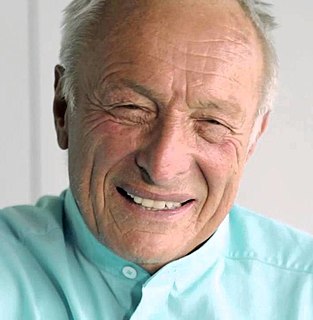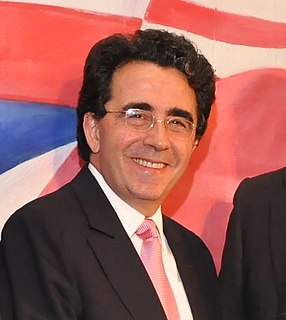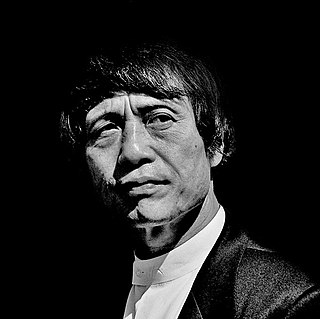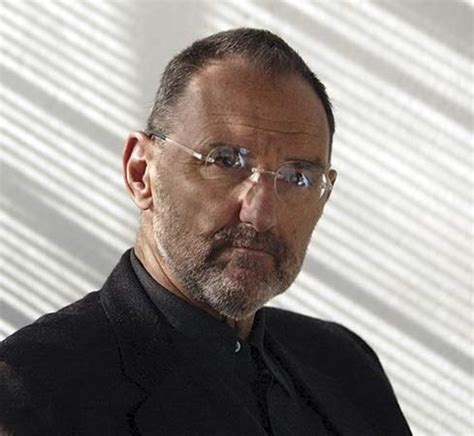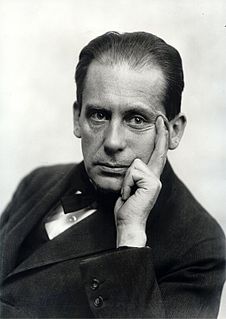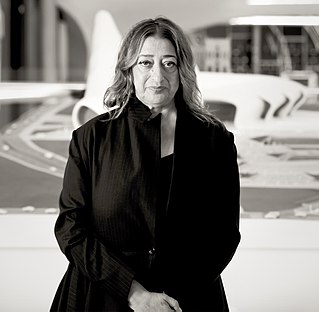Top 43 Quotes & Sayings by Norman Foster
Explore popular quotes and sayings by a British architect Norman Foster.
Last updated on April 14, 2025.
I hope that any expansion of London will learn from the planning examples of some of its most desirable areas such as Chelsea, Notting Hill, Belgravia and Mayfair. All are characterised by high density and a generosity of green spaces. They are all pedestrian-friendly with shops, entertainment, restaurants and pubs within easy walking distance.
A life-threatening illness or two certainly gives you an awareness of your own mortality. It heightens your sense of gratitude for things that previously, if you've not taken them for granted, you perhaps never appreciated how precious they were. That's almost a platitude, but one has to state the obvious.
